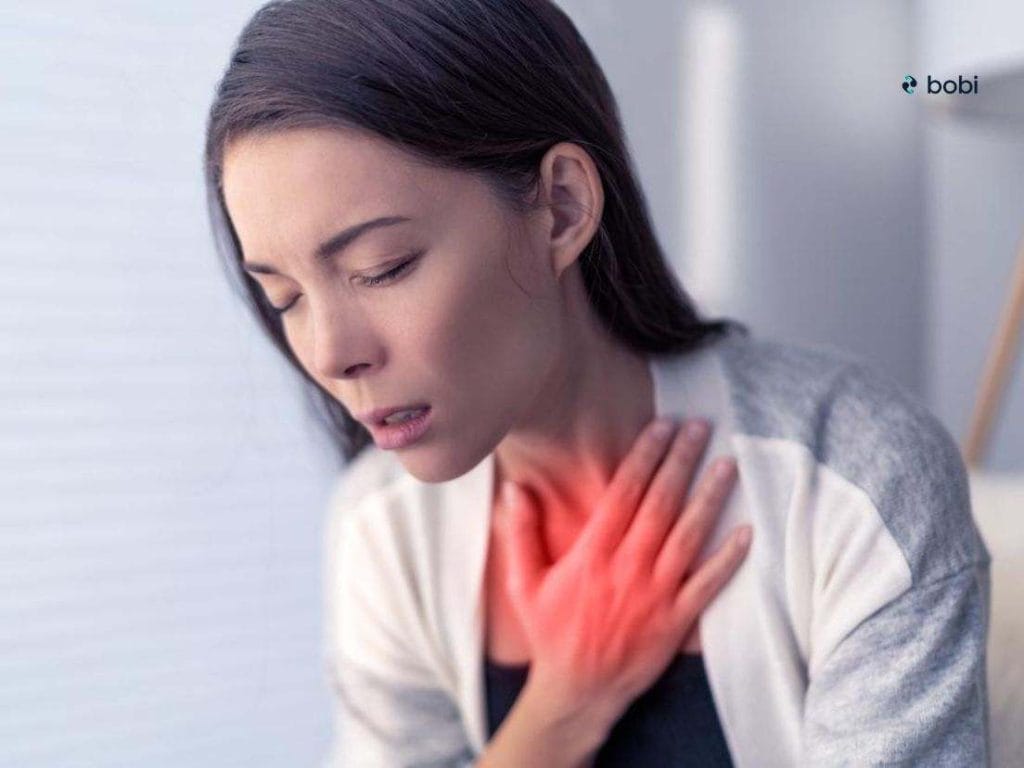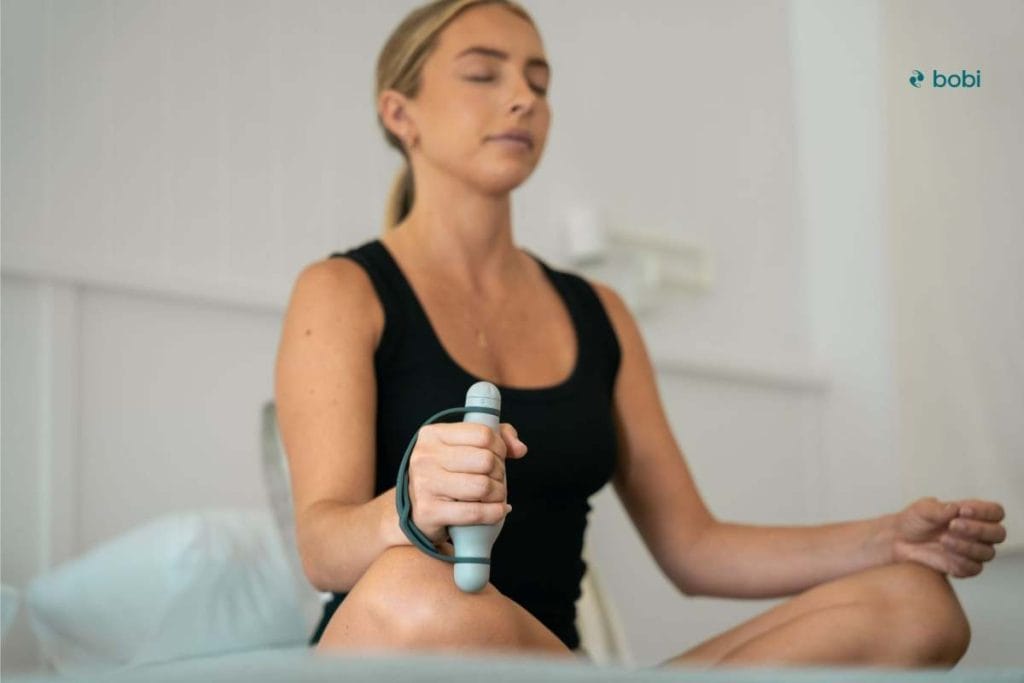
No one pays attention to breathing until he start having some troubles with it. Surprisingly, this involuntary but powerful mechanism comes into the limelight recently. The importance of how we breathe and our breathing technique has gained increased public attention over recent years. There’s now overwhelming scientific support for the adoption of correct breathing technique. A widespread phenomenon in Western Nations is increased rates of dysfunctional breathing. This is a matter of concern for those within the medical community.
What is dysfunctional breathing?
Dysfunctional breathing is defined as abnormal respiratory patterns, most often related to over-breathing, upper chest breathing, or breathing through the mouth. Dysfunctional breathing is associated with various mental states, including stress, anxiety, depression and also impacts on emotional regulation ability.
In his New York Times bestseller, James Nestor remarked of this phenomenon: “Those with the worst anxieties consistently suffer from the worst breathing habits”.
Upper chest breathing, a dysfunctional way of breathing in which you breathe too fast, too shallow, and too high in the chest. It is pervading across many sections of the population. This is commonly known as hyperventilation and is one of the earliest physical signs of anxiety.

In the past, slow controlled breathing is used as an effective relaxation tool to manage stress and anxiety. This shows the importance of changing the rhythm of your breathing. It results in relaxation, slowing your heart rate and stimulating the vagus nerve. The vagus nerve is the main component of the parasympathetic nervous system. It functions to control our capacity to move into a state of rest and enhance a sense of calm.
A good way of looking at this process is to use a real-life example:
James, a final year high school student, sought my assistance to manage his experience of stress and anxiety during exams. He described his stress response as including a rapid heart rate, fast shallow breathing and increased sweating.
James becomes aware of these changes and this awareness often results in further anxiety. Importantly, James’ awareness of an increased heart rate does not automatically result in slowing his heartbeat.
By learning to focus on his breath and slow it down, James has discovered how to actively calm himself and normalise his heart rate. James essentially discovers the several benefits of slowing down his breathing rhythm. Consequently, he experiences a positive influence in a number of bodily functions including the autonomic, central brain, and parasympathetic systems.
The body’s nervous system regulates our involuntary actions such as heart rate and digestion. These actions are split into two parts. Your sympathetic nervous system controls your ‘fight or flight’ response, and your parasympathetic nervous system, as previously noted, controls your rest and relax response.
Stress and anxiety simply indicate our body is in a state of fight or flight (sympathetic nervous system). The quickest and most effective way to reduce sympathetic nervous system activation is through slow, gentle, breathing.
Unfortunately, it’s not a natural bodily response to slow one’s breathing during a period of stress or anxiety. In fact, our brain has developed over thousands of years to respond by doing the opposite. In this scenario, it operates to make our breathing rate increase under perceived threat or exposure to stressful circumstances.
But, as identified in the case of James above, breathing becomes such a powerful tool because it is something that each of us can control. Through this powerful tool anyone can yield breathing exercises benefits.
Research suggests that breathing at a rate of six breaths per minute is optimal when attempting to move to a state of calm. At this rate there appears to be a positive feedback loop between the heart, brain, and the lungs.
Many people question the reasons why dysfunctional breathing habits such as hyperventilation is so common nowadays.
There are many causes of hyperventilation and they are often interrelated. But, it is generally accepted that changes to our lifestyles, such as moving less and eating more, are critical factors.
Other important changes to our breathing occur when we open an email or engage in endless scrolling on social media. In an article published in 2008, Linda Stone coined the phrase ‘e-mail apnoea’ to describe how our breathing changes in response to our interaction with technology.
Subsequent studies have also shown the connection between the use of social media and increasing anxiety within adolescents.
In cases where someone is experiencing stress, or anxiety, they will almost certainly experience dysfunctional breathing. Whatever the causes of our drift into dysfunctional breathing habits, the problem is pervasive. Most clients in therapy display some form of breathing dysfunction, most notably hyperventilation.
My experience as a psychologist, in this respect, is not unusual. It remains overwhelmingly common that psychologists and other mental health professionals will use conscious breathing training as a frontline tool. They use this tool for the management of many psychological disorders, including anxiety and depression.

The availability of a number of breathing techniques and methods causes confusion and at times contradictory. But everyone agrees on the benefits of attempting to achieve six breaths per minute.
As James Nestor stated in his New York Times bestseller: The perfect breath is this: Breathe in for about 5.5 seconds, then exhale for 5.5 seconds. That’s 5.5 breaths a minute for a total of about 5.5 litres of air.
bobi _ a personal breathing coach helps facilitate the habit of better breathing. This innovative mindful device is designed to help children ground and create a positive emotional response during times of stress or anxiety. Get bobi from here to arm your little kiddos and loved ones with a secret weapon with better breathing technique.
Refer: Streeter et al., 2012; Brown et al., 2013). In Zaccaro A, Piarulli A, Laurino M, Garbella E, Menicucci D, Neri B, Gemignani A. How Breath-Control Can Change Your Life: A Systematic Review on Psycho-Physiological Correlates of Slow Breathing. Front Hum Neurosci. 2018 Sep 7;12:353. doi: 10.3389/fnhum.2018.00353. PMID: 30245619; PMCID: PMC6137615.
Stay updated on what's happening at bobi, and all things breathing, anxiety and mental wellness.